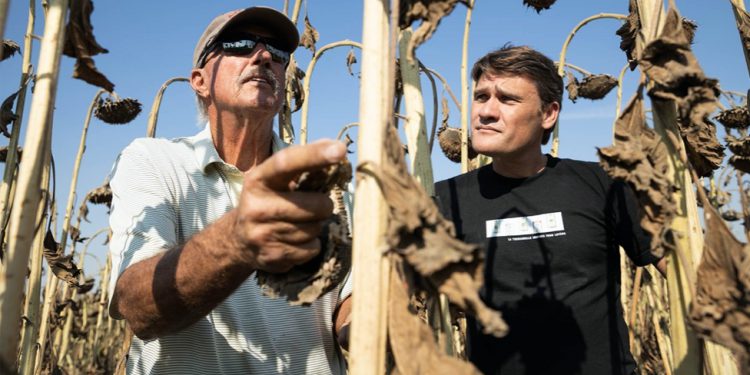A Bloomberg feature says “regenerative” may become a more rarefied label than “organic”, introducing the promise of climate benefits to the supermarket aisle.
Regenerative agriculture has been around for centuries, as indigenous communities managed soil health to maintain biodiversity and protect local ecosystems. The farming strategy gained fresh attention in the 1980s, when the nonprofit Rodale Institute began championing the technique. In 2018, the group coined the term “regenerative organic” along with a certification system overseen by the Regenerative Organic Alliance.
Regenerative farming relies on crop rotation and leaving the ground as undisturbed as possible. Cash crops are alternated with cover crops, like alfalfa and peas. Roots are left in the ground as cover is cut or consumed by grazing animals, who add natural fertilizer. The vegetation suppresses weed growth as it turns to mulch, allowing the soil to retain nutrients usually depleted by traditional farming.
The result is a great way to grow food with less energy, less water, and no chemical fertilizers. And more importantly, it keeps carbon dioxide locked up in the soil and out of an already warming atmosphere.
A survey by IBM’s Institute for Business Value found almost six in 10 consumers said they are willing to change shopping habits to reduce environmental impact. More than seven in 10 said they would pay a 35 per cent premium for brands that help them do it. So it should come as no surprise that companies with products from sunflower oil to snacks to even whiskey have jumped on the regenerative bandwagon.
Further reading:
- Nestlé commits to £1 billion in regenerative agriculture
- The regenerative revolution in food
- Confronting novel entities – a severe problem that’s being ignored























